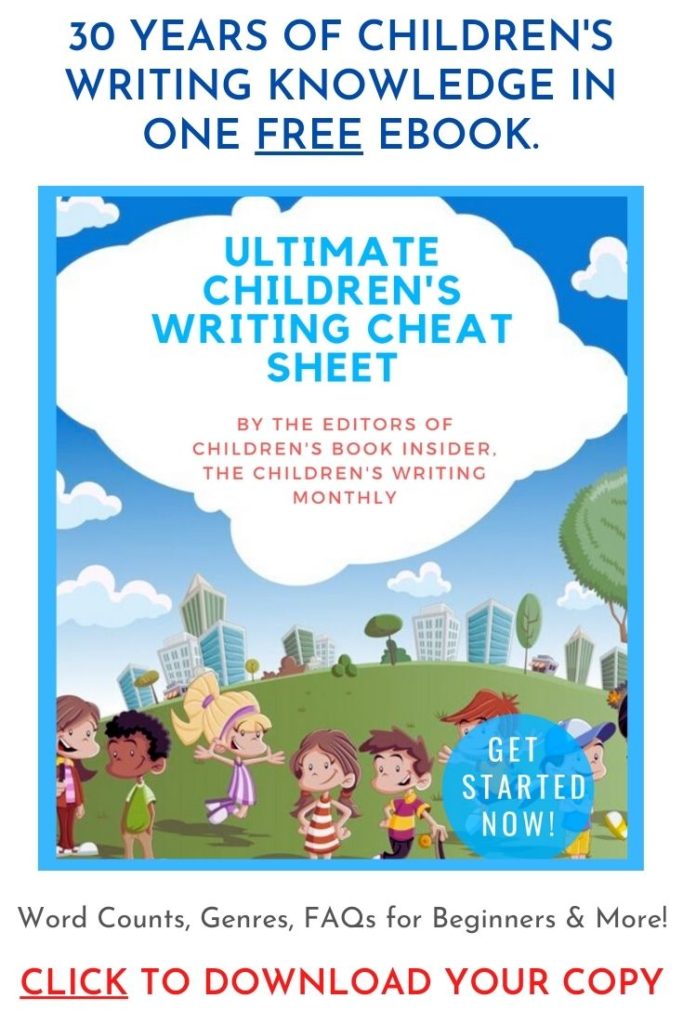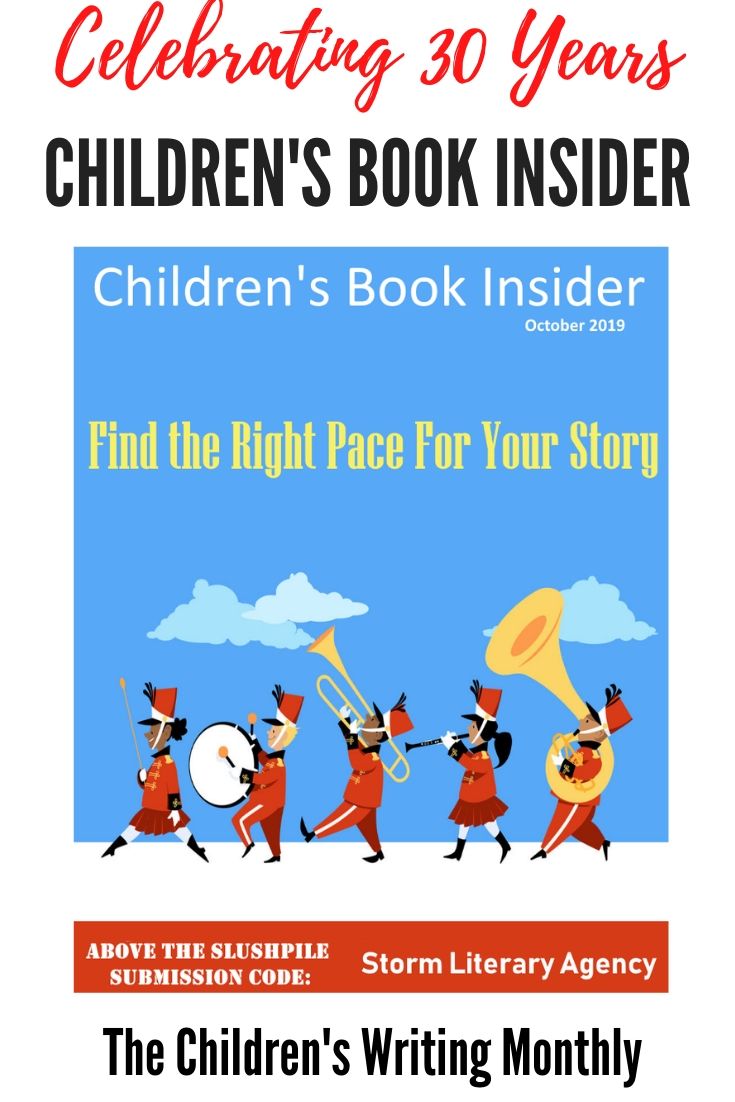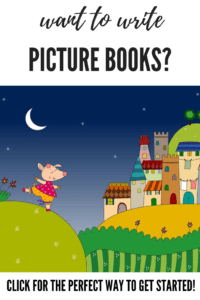
by Jane McBride
We’ve all heard of it. Many of us have visited it on more than one occasion when submitting to publishers, though our visits haven’t been intentional. Where have we made these unintentional and frequently painful visits?
The slush pile.
For the uninitiated, the slush pile is the abyss where unsolicited manuscripts (those sent to editors by authors they haven’t worked with in the past) too often end up.
How do we avoid this dreaded place?
Let’s start at the beginning, before you’ve ever sent your manuscript off. In the old days, we’d place our carefully typed manuscripts in a padded envelope and mail them to our targeted publisher’s address. Today, we’re more than likely to send the manuscripts in via email. Either way, it behooves us to pay attention to where we’re sending them.
Make certain that the publisher or agent accepts the kind of manuscript you’re sending. Have you sent a picture book to a publisher who accepts only 50,000 word or longer books for young adult or new young adult? Have you written a book of poetry and blithely mailed it off to an agent who specializes in suspense and mystery? If so, you’ve wasted your time and that of the publisher and agent.
Did you spend the time and effort to find out the name of the proper editor or agent to look at your work? There’s no excuse for not knowing the editor’s name. Go to the publisher or agent’s web site. Ask a friend. Read writers’ publications (such as Children’s Book Insider) and determine the name of the right person. Even if the publisher or agency you’ve chosen accepts the type of book you’ve written, not all of the editors or agents may specialize in that type.
The next is a no-brainer. Or it should be. Once you’ve determined the editor or agent’s name, spell his or her name right. Nothing puts a person off more than to have his name misspelled.
Make certain you’ve sent just what the publisher or agency asks for. Did they ask for a complete manuscript or did they specify a synopsis and three chapters? If you are sending your work electronically, did they give a specific format, including font, spacing, etc? These are small things, yes, but important. Don’t sabotage your manuscript before the editor or agent even starts reading it. Play by the rules and you’ll get further.
Once you’ve determined you’re sending your manuscript to the right place in the right form, it’s time to look at the work itself.
Have you done your “due diligence” in terms of checking for spelling and grammatical errors? Spell-check is great, but it won’t catch such bloopers as “too” instead of “to” or “further” instead of “farther.”
Do you know your characters inside and out? Do you know their back story so that you can give them the proper motivation to make their actions not only believable but make the characters themselves sympathetic? And have dispensed that back story in small doses rather than hitting the reader over the head with it?
Do your chapters end with cliff-hangers? Have you crafted them so that the reader cannot possibly put the book down?
Have you written conflict into every page? This doesn’t mean that there must be fighting or arguing on every page, but there should be tension. Of course, the amount of and type of tension will depend upon the age of your reader and the type of book you’ve written. Obviously, a light romance for young teens will have a different kind of conflict than will an angst-driven coming-of-age book. The conflict in a picture book will have a different intensity and scope than that in a chapter book.
Have you weeded out cliches and purple prose? Have you replaced such tired, worn figures of speech with unexpected metaphors and similes? Have you used strong verbs and concrete nouns? Have you eschewed the passive voice whenever possible?
Have you written realistic sounding dialogue and pared down attributions (he said, she said) whenever possible? Is the dialogue easily identifiable as belonging to certain characters or does it all sound alike?
If you have used dialect, have you used it sparingly so as to not slow down the reader as he/she tries to understand it? Have you avoided jargon?
Have you written descriptions in fresh terms? Is the setting an integral part of the story or could the story have happened anywhere?
This is certainly not a comprehensive list, but if you follow these guidelines, you have a better chance of getting your manuscript out of the slush pile and in front of an editor or agent’s eyes.
Want to learn more about how to get your manuscript ready to submit to an editor or agent? Need fresh markets where you can send your work? Join Children’s Book Insider, The Children’s Writing Monthly, and get a monthly e-newsletter with market listings and articles on writing and selling books for children and teens, as well as access to back issues and 25 years’ worth of content on our membership website!
Jane McBride is the author of 33 novels, numerous short stories and articles including pieces in 14 Chicken Soup for the Soul anthologies, and a Children’s Book Insider Contributing Editor. Follow Jane on her writing blog
Tags: agents, editors, marketing, submitting




